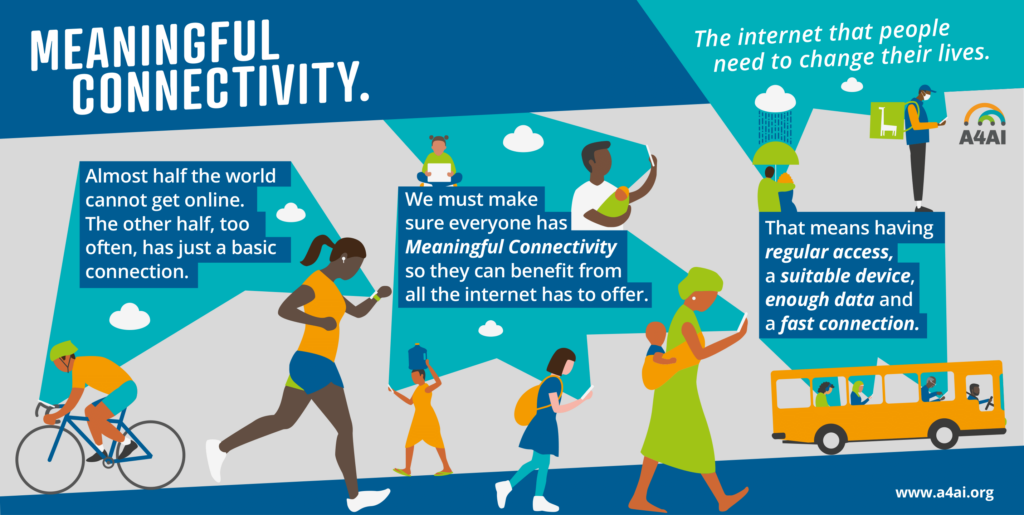Fintech, a combination of Financial Technology, is a newly popularized method of digital banking which many firms utilize to compete with traditional banks. Due to its lower entry barrier and ease of operations, many fintech companies can reach a wider range of consumers from around the world, including vulnerable populations that include lower-economic segments and rural communities. Resulting in, many previously isolated segments of society unable to open bank accounts or receive loans are now able to enjoy the benefits provided by fintech applications. The benefits include simply being able to download an application and apply for a microloan or send and receive payments at a much faster rate. In this effort fintech is successful in tackling financial exclusion, providing people access to financial services especially the most vulnerable.
Such new technologies reduce the transactions and services’ costs for both the consumers and providers, boosts the overall market efficiency, and improve financial access and inclusion as people who once had no access to financial services are now able to gain access remotely. This level of access improved the levels of advancements made towards poverty reduction and its associated issues. The benefits of this service helped improve the lives of many by making it possible to access fintech’s ability to provide microloans, especially to individuals in need of financial support. Examples of instances where vulnerable people benefit from such access includes providing farmers the necessary capital needed to grow their operations, or to foster educational opportunities to families who previously could not afford such basic essential services. Moreover, fintech helps promote gender equality and empower the youth by allowing individuals to have greater levels of control over their finances, strengthening their ability to become financially independent. In most instances women living in impoverished communities are more likely to operate in the informal sector, or to be employed in small or micro-businesses, as such most financial institutions will exclude them from many of the benefits that are provided by financial institutions such as loans or easy transaction processes. Fintech fills the gap by providing the necessary financial tools that many women require to become successful entrepreneurs. A study in Burkina Faso found that women who were able to gain access to the tools provided by fintech were more likely to venture into entrepreneurial roles as well as to become as successful as their male counterparts in running a small to medium sized business.
Fintech is uniquely placed to support the growth of previously financially excluded segments of society due to its ease of operations and wide reach. Previously unbanked individuals now enjoy the services and functions offered by traditional banking institutions. Zain Cash allows disadvantaged segments of society such as women, the youth, or individuals from rural communities to apply for loans or to send and receive cash when needed. Offering them the freedom and ability to operate independently and carve their own path moving forward.
Fintech’s growth across the MENA region, provides the company the opportunity to expand its services in four of its seven markets including Zain Cash in Iraq and Jordan and Tamam in Saudi Arabia and M-Gurush in South Sudan.

